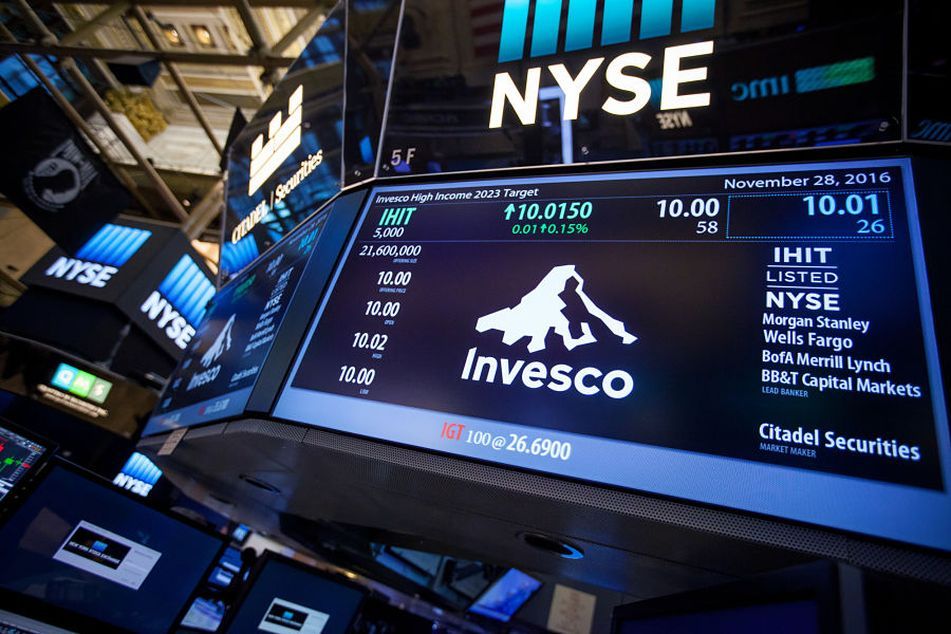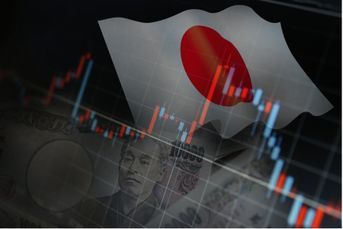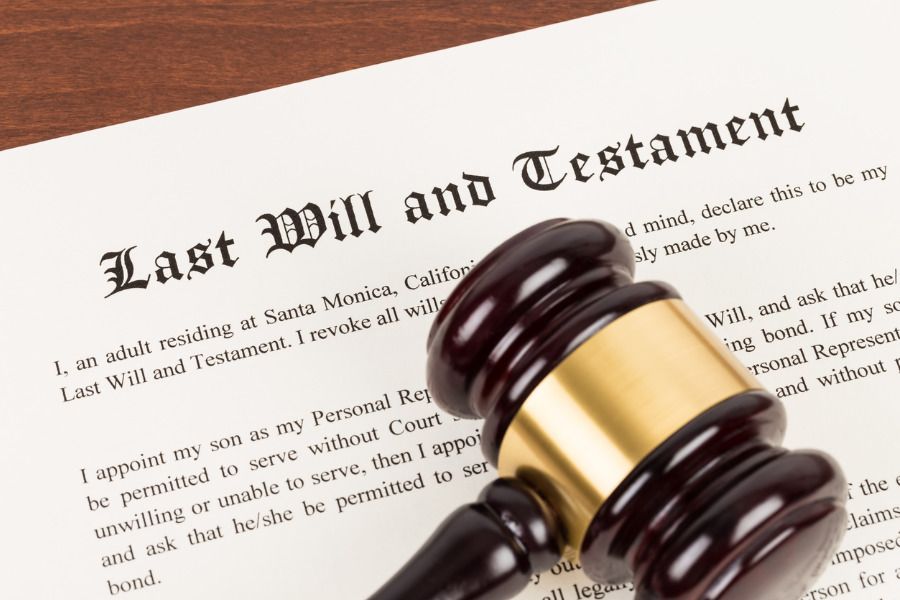Invesco joins the do-it-yourself indexing trend
 Invesco Ltd. signage is displayed on a monitor on the floor of the New York Stock Exchange (NYSE) in New York, U.S., on Monday, Nov. 28, 2016. U.S. stocks fell from all-time highs as investors speculated that gains sparked by expectations for brisker economic growth under a new administration went too far too quickly. Photographer: Michael Nagle/Bloomberg
Invesco Ltd. signage is displayed on a monitor on the floor of the New York Stock Exchange (NYSE) in New York, U.S., on Monday, Nov. 28, 2016. U.S. stocks fell from all-time highs as investors speculated that gains sparked by expectations for brisker economic growth under a new administration went too far too quickly. Photographer: Michael Nagle/Bloomberg
Firm launches eight fixed-income ETFs based on benchmarks designed in-house
In the cut-throat world of exchange-traded funds, it pays to keep up with the Joneses.
Invesco Ltd., the fourth-largest issuer in the U.S., is starting eight fixed-income ETFs backed by benchmarks designed by the firm, following the likes of BlackRock Inc., State Street Corp. and Charles Schwab Corp. into self-indexing.
Do-it-yourself indexes are gaining traction as issuers look to differentiate themselves amid an increasingly crowded ETF marketplace.
Building a benchmark in-house allows a firm to leverage its proprietary research and expertise, but it can also save thousands of dollars a year in licensing fees. Last year, BlackRock’s Larry Fink described self-indexing as “one of the ways we are using our scale and technology to reduce manufacturing costs.”
Price “wasn’t the leading reason” for Invesco’s new gauges, according to Dan Draper, the firm’s global head of ETFs.
“There’s more room for innovation in fixed-income indexing,” he said by phone. “We want these to be cost-competitive, but the real story here is we think this is very unique intellectual property.”
The new funds all track factor-based indexes — benchmarks that shun traditional weightings in favor of something else, such as value.
(More: Bond ETFs are awash in cash)
Invesco’s decision to build its own indexes was fueled by the firm’s acquisition of Guggenheim Investments’s ETF business earlier this year, Mr. Draper said. The firm will still work with third-party indexers going forward, he said.
BlackRock started two fixed-income factor funds using its own indexes last year, while Charles Schwab took the same route for its first new ETF — an equity strategy — since 2013. State Street meanwhile slashed fees on three existing products by adopting proprietary indexes last October.
Invesco’s eight new funds charge between $1.20 and $2.90 a year for every $1,000 invested, less than the average $3 charged by debt ETFs in the U.S.
These are the first ETFs to be issued under the Invesco brand. The firm previously used the PowerShares sticker but renamed its existing funds in June.
The new funds are:
• Invesco Corporate Income Defensive ETF (IHYD)
• Invesco Corporate Income Value ETF (IHYV)
• Invesco Emerging Markets Debt Defensive ETF (IEMD)
• Invesco Emerging Markets Debt Value ETF (IEMV)
• Invesco Investment Grade Defensive ETF (IIGD)
• Invesco Investment Grade Value ETF (IIGV)
• Invesco Multi-Factor Core Fixed Income ETF (IMFC)
• Invesco Multi-Factor Core Plus Fixed Income ETF (IMFP)
Learn more about reprints and licensing for this article.








